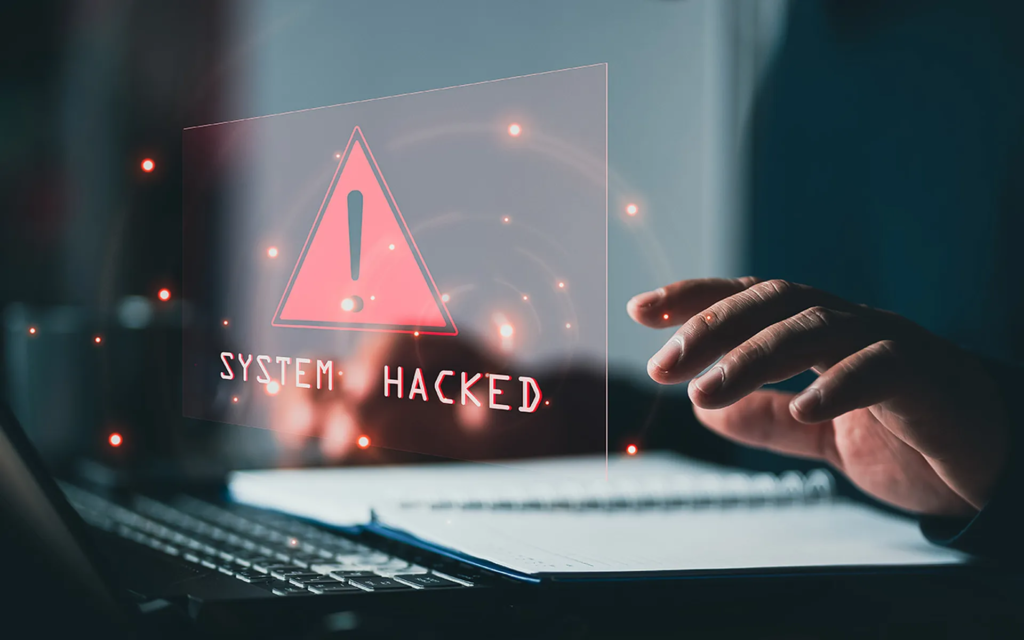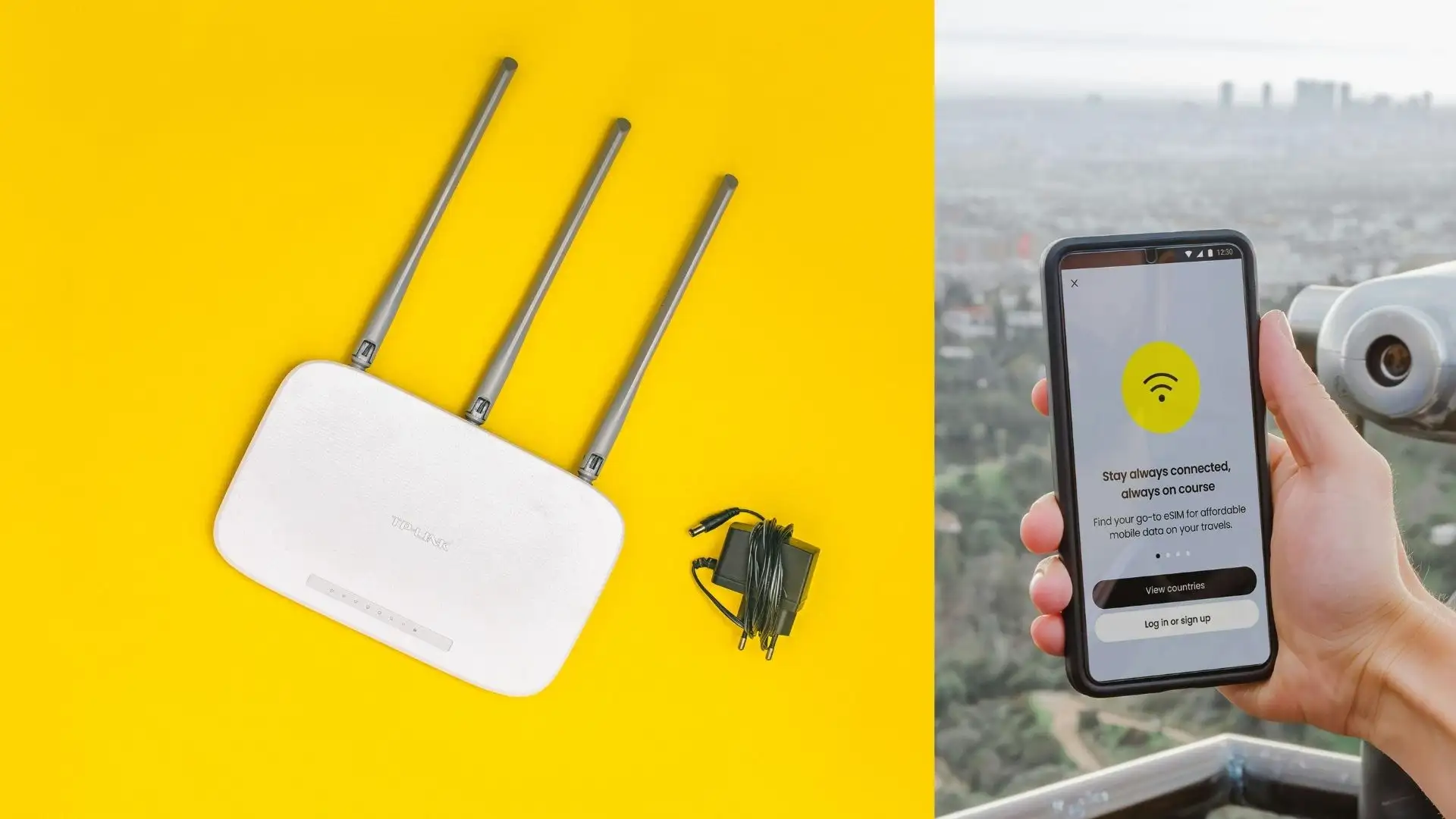Ivanti recently disclosed two critical vulnerabilities—CVE-2025-0282 and CVE-2025-0283—that impact its Connect Secure (ICS) VPN appliances. These revelations come against the backdrop of active zero-day exploitation of CVE-2025-0282, identified by cybersecurity firm Mandiant as having commenced in mid-December 2024. The exploitation raises significant concerns about network breaches and downstream compromises for affected organizations.
What Are CVE-2025-0282 and CVE-2025-0283?
CVE-2025-0282: A Severe Threat
CVE-2025-0282 is an unauthenticated stack-based buffer overflow vulnerability. This issue allows attackers to execute remote code without requiring authentication. Such a capability can enable attackers to gain unauthorized access, deploy malware, and initiate attacks within a compromised network. This makes CVE-2025-0282 the more severe of the two vulnerabilities.
CVE-2025-0283: Yet to Be Fully Detailed
While CVE-2025-0283 is also considered critical, it has not yet been described in detail. However, early indications suggest that it poses substantial risks. According to Mandiant’s investigations, CVE-2025-0282 is actively exploited in targeted campaigns against multiple organizations, underlining the criticality of swift action.
Technical Analysis of the Exploitation

Observed Attack Techniques
Mandiant’s research has revealed that threat actors leverage a range of malware families to exploit the vulnerabilities. These include previously known malware from the SPAWN ecosystem (e.g., SPAWNANT installer, SPAWNMOLE tunneler, and SPAWNSNAIL SSH backdoor) and two newly identified malware families: DRYHOOK and PHASEJAM.
SPAWN malware has been linked to a Chinese espionage group, UNC5337. While UNC5337 is suspected of exploiting CVE-2025-0282, Mandiant has yet to attribute all associated activity conclusively to a single actor.
Advanced Tactics for Persistence
The attackers have displayed sophisticated methods to compromise systems:
- Turning off Security Features: Attackers have disabled SELinux to weaken system defenses.
- Deploying Malicious Scripts: Scripts are used to plant backdoors and create persistence.
- Tampering with Logs: Threat actors erase evidence of their activity by removing entries from kernel messages, debug logs, and SELinux audit logs.
- Deploying Web Shells: Web shells embedded in ICS software components enable remote access and code execution.
PHASEJAM: Hijacking System Upgrades
A particularly concerning tactic involves the malware PHASEJAM. This malware hijacks system upgrade processes to ensure attackers maintain persistence even when administrators attempt to patch vulnerabilities. PHASEJAM prevents legitimate upgrades and simulates fake upgrade processes using deceptive HTML-based progress bars. This effectively blocks system remediation while keeping the compromise undetected.
SPAWNANT: Persistence During Upgrades
Another malware, SPAWNANT, embeds itself into system files, enabling it to survive system upgrades. This makes it exceedingly difficult for administrators to remove the infection.
Who Is Behind the Attack?

UNC5337 and the Broader Espionage Campaign
The attack campaign’s hallmarks suggest an espionage motive. UNC5337, a Chinese-nexus actor, has previously exploited other vulnerabilities in Ivanti appliances, such as CVE-2023-46805 and CVE-2024-21887.
UNC5337 is considered part of a broader group, UNC5221, known for exploiting VPN appliance vulnerabilities since 2023. The attackers’ use of the SPAWN malware ecosystem and their ability to exfiltrate sensitive data—such as VPN session data, API keys, credentials, and certificates—underscore the campaign’s sophistication.
Implications of Data Exfiltration
The exfiltration of sensitive information from compromised ICS appliances could have severe consequences, including:
- Exposure of VPN Session Data could allow attackers to impersonate legitimate users.
- Compromised Credentials and Certificates: These assets could be used to launch further attacks or access other systems.
- API Key Theft: Stolen keys might enable attackers to manipulate connected applications and services.
Cybersecurity experts warn that if proof-of-concept exploits for these vulnerabilities become publicly available, the scope of attacks could expand significantly, drawing in additional threat actors.
Ivanti’s Response to the Threat
Mitigation Measures
Ivanti has taken swift action to address these vulnerabilities. Patches for CVE-2025-0282 and CVE-2025-0283 are now available on the company’s download portal. Ivanti’s Integrity Checker Tool (ICT) has been instrumental in detecting exploit activity, allowing the company to respond quickly and develop a solution.
Customer Recommendations
Ivanti advises its customers to take the following steps:
- Apply the Fix: Detailed guidance is available in Ivanti’s Security Advisory. Users should prioritize applying the patches to protect their systems.
- Monitor Systems: Use Ivanti’s ICT tools to detect potential exploit activity and maintain robust cybersecurity practices.
- Adopt Layered Security: Implementing a multi-layered defense strategy, particularly for edge devices like VPN gateways, can help mitigate risks.
Broader Lessons for Cybersecurity

Importance of Regular Patching
This incident highlights the critical importance of regularly updating and patching systems. Organizations should ensure that security updates are applied promptly to reduce the risk of exploitation.
Need for Advanced Monitoring
Sophisticated attacks like those leveraging CVE-2025-0282 and CVE-2025-0283 demonstrate the need for advanced monitoring and detection tools. Organizations should invest in tools capable of identifying suspicious activity and unauthorized changes.
Employee Awareness and Training
Cybersecurity is a shared responsibility. Employees should be educated about the risks posed by vulnerabilities and trained to recognize potential signs of compromise, such as unexpected system behavior or fake upgrade processes.
Conclusion
The disclosure of CVE-2025-0282 and CVE-2025-0283 underscores the evolving nature of cybersecurity threats. As attackers adopt increasingly sophisticated techniques, organizations must remain vigilant, implement proactive defenses, and respond swiftly to vulnerabilities. By addressing these issues head-on, businesses can protect their networks, data, and reputations from the growing threat landscape.
For more:
https://cybersecuritynews.com/active-exploitation-of-ivanti-vpn-0-day-vulnerability-cve-2025-0282/




